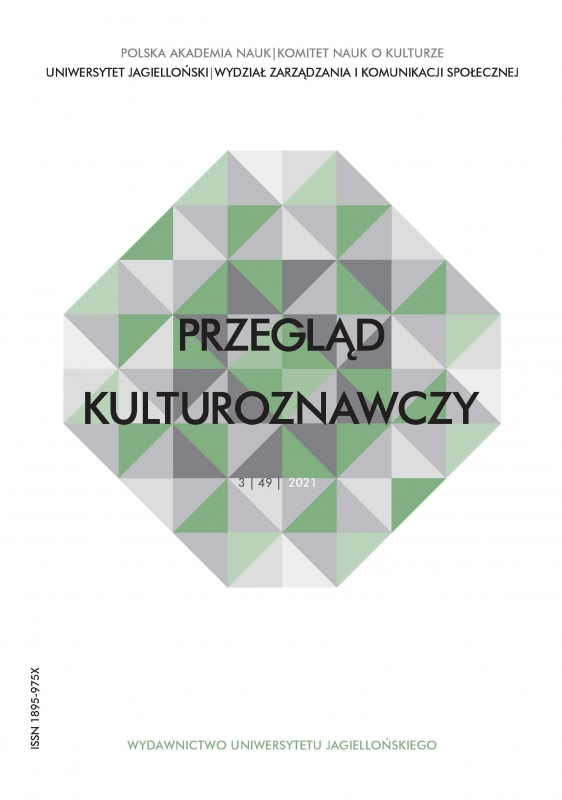Syndrom ciągłości i nieciągłości
The Syndrome of Continuity and Discontinuity
Author(s): Teresa PękalaSubject(s): Language and Literature Studies, Fine Arts / Performing Arts, Sociology of Art
Published by: Wydawnictwo Uniwersytetu Jagiellońskiego
Keywords: continuity and discontinuity; avant-garde and neo-avant-garde; postmodernism; modernity; boundary; identity; otherness; metaphysical thinking
Summary/Abstract: The article discusses the problem of understanding changes in modern art as “the syndrome of continuity and discontinuity”. The term was used by Stefan Morawski in describing relationships between the avant-garde and neo-avant-garde. The author poses the thesis that this model of thinking is characteristic of the history of art in the modern period and analyzes its sources and consequences using the example of Morawski’s concept. The first part of the study discusses selected themes in Morawski’s scholarly achievement that characterize it as the thought entangled in the pitfalls of the discourse of modernity whose weaknesses the esthetician notices or sometimes even stigmatizes but which he does not want or is unable to give up. Both the avant-garde formations and postmodernism were treated as symptoms of the crisis of Western culture, which is why taking a stance on the violation of the existing boundaries of art and on understanding its function was a form of declaration of a world-view attitude. Another part of the article focuses on analytical categories such as ‘boundary’, ‘identity thinking’, ‘space between’, or ‘otherness.’ The reflections are conducted in the context of contemporary theories that point out the weakening of metaphysical thinking.
Journal: Przegląd Kulturoznawczy
- Issue Year: 49/2021
- Issue No: 3
- Page Range: 581-598
- Page Count: 18
- Language: Polish

